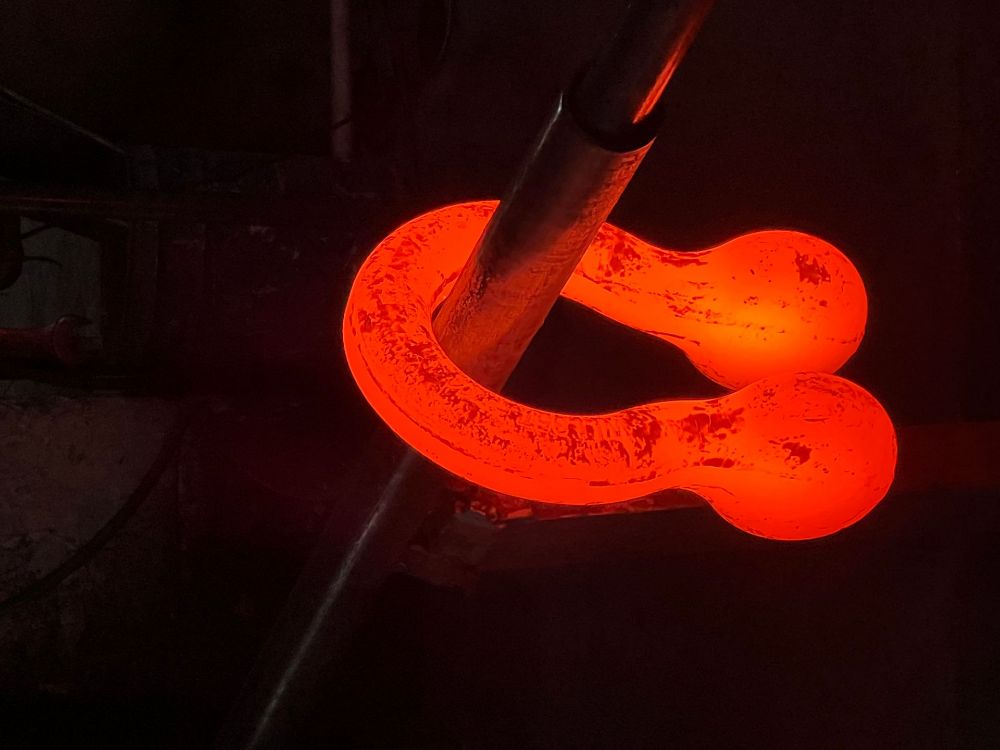When selecting slings or chains to use with rigging hardware, several key considerations should be taken into account. These considerations include:
Load Capacity: Determine the maximum load that the slings or chains will be subjected to. Consider the weight of the load, any potential dynamic or shock loads, and the load distribution. Select slings or chains with an appropriate Working Load Limit (WLL) that can safely handle the intended load.
Type of Sling or Chain: There are different types of slings and chains available, each with its own characteristics and suitable applications. Common types include wire rope slings, chain slings, synthetic web slings, and round slings. Consider the advantages and limitations of each type in relation to the load, environment, and handling requirements of the application.
Sling or Chain Configuration: Evaluate the configuration of the sling or chain needed for the application. This includes determining whether a single-leg, double-leg, or multiple-leg sling is required. Consider the number of attachment points, the angle of the sling or chain, and any special considerations for load stability and balance.
Material and Construction: Assess the material and construction of the slings or chains. Factors such as the material's strength, durability, flexibility, resistance to abrasion and corrosion, and temperature resistance should be considered. Common materials used include steel, alloy steel, synthetic fibers, and high-performance materials like aramid fibers or chain alloys.
Length and Reach: Determine the required length and reach of the sling or chain. Consider the distance between the lifting points, the height of the lift, and any potential obstacles or restrictions that may affect the reach of the sling or chain.
Environmental Factors: Take into account the environmental conditions in which the slings or chains will be used. Consider factors such as temperature extremes, exposure to chemicals or corrosive substances, UV radiation, and moisture. Ensure that the selected slings or chains are suitable for the specific environment to maintain their integrity and performance.
Safety Factors: Consider appropriate safety factors when selecting slings or chains. Safety factors are a multiplication factor applied to the calculated load to ensure additional safety margins. The safety factor may vary depending on the industry, application, and specific regulations.
Manufacturer's Recommendations: Follow the manufacturer's recommendations and guidelines for the specific slings or chains being considered. Manufacturers often provide detailed information on load capacities, proper usage, inspection requirements, and any specific limitations or usage considerations.
Compliance with Standards: Ensure that the selected slings or chains comply with relevant industry standards, regulations, and guidelines. These standards may provide specific requirements for the type, construction, and safe usage of slings or chains in different applications.
Inspection and Maintenance: Consider the inspection and maintenance requirements of the slings or chains. Regular inspection and maintenance are essential for ensuring their ongoing safety and performance. Follow the manufacturer's recommendations and industry best practices for inspection intervals, methods, and retirement criteria.
By carefully considering these factors, you can select the appropriate slings or chains that meet the specific requirements of your rigging application, ensuring safe and efficient lifting operations.








